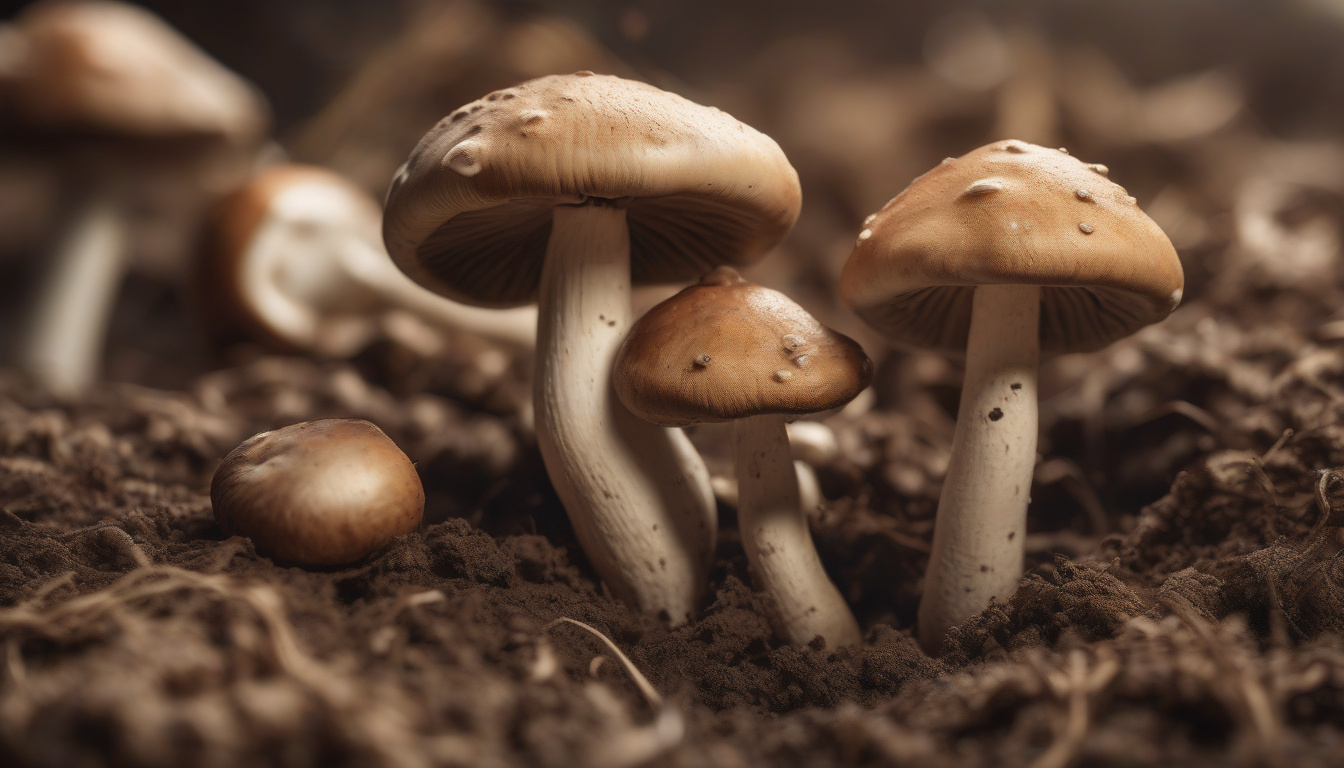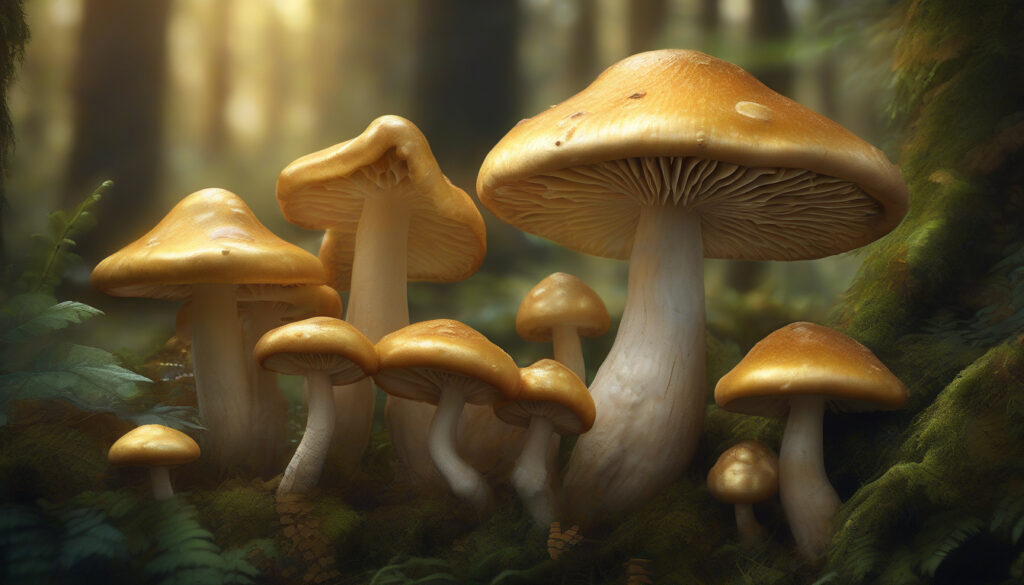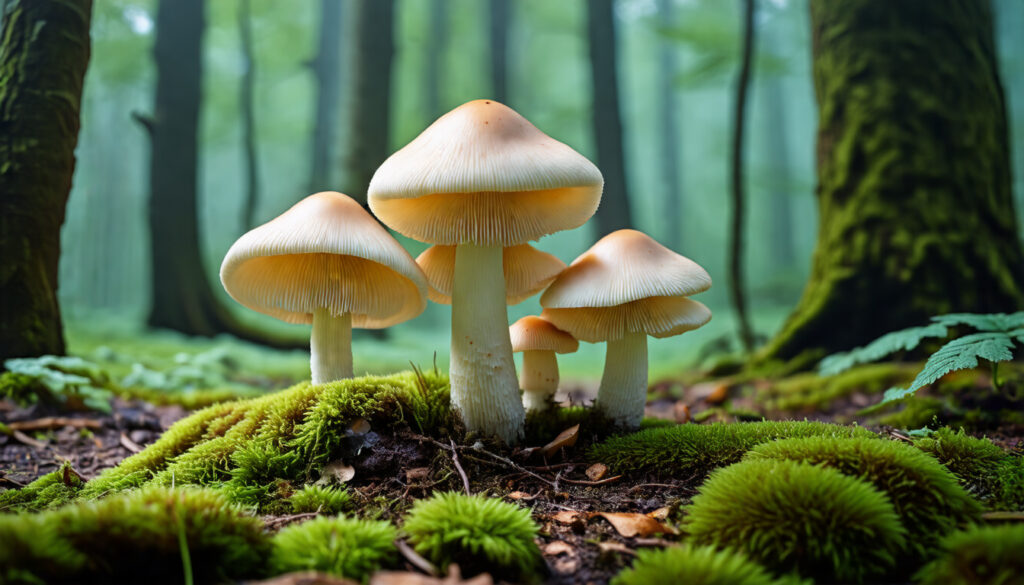Are you driven by fungi and wish to turn that drive into a way to earn money? The world of mushroom growing now sees more need for fresh, local mushrooms in restaurants, stores, and home kitchens. This guide gives you clear steps so that you learn how to grow mushrooms and do well.
Why Become a Mushroom Cultivator?
Mushroom growing gives many gains like using fewer resources and making money. As a grower, you can:
• Grow food that is rich and versatile
• Cut long supply chains by growing food nearby
• Join a rising market of rare and healing mushrooms
• Find a task that brings joy and may make a profit
With study and care, you learn how to grow mushrooms and gain many rewards.
Understanding the Basics of Mushroom Growing
Before you start with the techniques, know how mushrooms work. Mushrooms are fungi that form from spores rather than seeds. They grow when specific levels of temperature, moisture, and light match their needs.
Common Types of Mushrooms to Grow
For those new to the craft, some types are simple to manage:
• Oysters: They grow fast and handle change well
• Button Mushrooms: They serve as a common pick in many meals
• Lions Mane: They draw more interest for their health traits
• Shiitake: They have hearty taste and rich benefits
Pick a kind that fits your climate, space, and local demand.
Key Steps to Become a Mushroom Cultivator
1. Learn and Get Experience
Read books and internet guides on mushroom growing. Join online groups or local clubs. Visit courses if you can. These steps build clear links in your path to knowing the mushroom cycle, the needed tools, and the methods. This way, your skills and trust grow.
2. Set Up Your Growing Space
Your space can be as small as a closet or as big as a dedicated room. Watch for:
• Temperature: Many mushrooms need 55–75°F (13–24°C)
• Moisture: Keep it high, near 80–95%
• Light: Use soft natural or mild artificial light
• Airflow: Allow fresh air to flow to stop mold or bugs
3. Pick Your Substrate
A substrate is the material on which mushrooms form. Common choices are:
• Straw
• Sawdust
• Coffee grounds
• Compost
Clean the substrate by heating it. This removes fungi or bacteria that might take energy away from your mushroom mycelium.
4. Inoculate the Substrate
Mix in your mushroom spawn or spores with the clean substrate. Buying spawn from known suppliers helps the mycelium cover the medium faster.
5. Keep the Conditions Steady
Store the inoculated mix in a dark, warm area until the mycelium spreads. Watch temperature and moisture levels each day so that nothing drifts too far from what is needed.
6. Trigger Fruiting
When the mix is fully colonized, allow fresh air, a bit of light, and a mild drop in temperature. These changes nudge the mushroom caps to form.
7. Pick and Store
Gather mushrooms when the caps open but before spores fly out. This moment gives the best taste and nutrients. Keep them cool or in the fridge for longer freshness.
Tips for Best Results in Mushroom Growing
When you start, keep these in mind:
• Work in a clean space to stop issues
• Start with small projects, then grow as you learn
• Write down your steps and the results they bring
• Buy good spawn from trusted shops
• Be patient as mushrooms take time to form
Possible Problems and Ways to Overcome Them
Mushroom growing brings some issues. Common ones are:
• Contamination: Use clean tools and a neat space
• Pests: Stop small animals and insects from entering
• Shifts in the environment: Use tools that keep temperature and moisture steady
With care and steady work, you handle these challenges and do well.
The Future of Mushroom Growing
More people seek mushrooms for their health values and taste. Many now choose local and organic food. As a grower, you stand to gain from this change. Moreover, the rise in healing types of mushrooms opens up new paths for growth.
Industry work shows that the global market for mushrooms will grow. This moment is good for starting your mushroom growing path.
Conclusion: Start Your Journey as a Mushroom Cultivator
Learning how to grow mushrooms is a path that brings both fun and reward. With the right study, space, and steady work, you can produce great mushrooms for your own use or to sell near you. Every expert began as a beginner. Start small, learn each step, and slowly improve your methods.
Whether you care for a home hobby or a full business, mushroom growing holds much promise. Jump into the world of fungi and see the many gains that await!
FAQs About Becoming a Mushroom Cultivator
Q1: What is the easiest mushroom for beginners?
A1: The oyster mushroom is seen as the easiest because it grows fast and handles change well.
Q2: How much space do I need for mushroom growing?
A2: You can begin with a small closet or section of a room. Grow larger as you gain skill.
Q3: Do I need special tools to start growing mushrooms?
A3: Basic needs include containers, spawn, a way to keep heat, and tools to control moisture and temperature. These are easy to find and not costly.
Begin your path as a mushroom cultivator today and enjoy the gains of growing your own fungi. Whether for a home task or a business plan, mushroom growing holds much chance. Start today and watch your future grow!


